How to Grow Olives in Olive Tree Zone 7: A Complete Olive Tree Hardiness Zone Guide
Growing an olive tree outside classic Mediterranean climates is completely possible—especially if you understand olive tree hardiness zones, choose the right varieties, and create the warmest microclimates in your yard.
If you're curious how to grow an olive tree in Zone 7, this guide breaks down everything you need to know to help olive trees grow, survive winter, and eventually produce fruit even in cooler regions.

Understanding Olive Tree Hardiness Zones
Olives naturally come from warm, dry climates, but many gardeners push the limits of the olive tree planting zone. Most olives prefer USDA Zones 8–10, but certain cold hardy olive tree Zone 7 varieties can thrive with protection.
If you’re unsure about your climate, check What Is My Growing Zone.
Why Zone 7 Is Challenging—but Possible
A typical zone 7 olive tree must tolerate winter lows down to 0–10°F. Most olives experience damage around 17°F, but some varieties recover well and can fruit reliably with care.
With smart siting, warm microclimates, and seasonal protection, growing an olive tree in this zone becomes a rewarding project.
Choosing Olive Trees for Zone 7
Best Cold Hardy Varieties
When selecting olive trees for Zone 7, choose cultivars known for resilience. Reliable options include:
- Arbequina olive trees — Compact, productive, adaptable, and among the best olive tree for Zone 7.
- Mission Olive Tree — A classic California variety with strong cold tolerance.
- Koroneiki — Excellent for olive oil production and surprisingly hardy.
- Manzanilla — Popular table olive and adaptable.
Learn more about choosing varieties here:
You can also browse all cold-tolerant trees in USDA Zones 5–7 or explore the full collection of Olive Trees.

Planting Olive Trees in Zone 7
Finding the Warmest Microclimate
Zone 7 growers should maximize heat around the tree. Ideal spots include:
- South-facing walls that reflect warmth
- High points in the yard where cold air drains away
- Areas with full sun all day
Soil Requirements
Olives love drained soil. To ensure good drainage, amend with compost and check your soil with a simple test: Home Soil Test Guide
How to Plant
When planting a young olive tree, begin by digging a hole twice as wide as the root ball, keeping the top of the root ball level with the ground.
Make sure the hole includes drainage holes if you're planting in a container. See an example here: Planting Olives Video

Caring for Olive Trees in Zone 7
Watering
Olives are drought tolerant, but young trees need regular moisture during the first growing season. Keep soil moist, not soggy.
Fertilizing
Apply a balanced fertilizer in early spring. Acid-tolerant organic blends work well: Acid-Loving Fertilizers
Pruning
Prune to shape the canopy, remove damaged branches, and encourage sunlight access.
Learn pruning fundamentals here: Fruit Tree Pruning Guide
Cold Protection
During extreme cold snaps, wrap trees with frost cloth or row cover: Floating Row Cover Guide
Some growers mound soil around the trunk for extra insulation through winter.
Pollination & Fruit Production
Most olives are self-fertile, but yields improve when two varieties cross pollinate. Even in olive tree zone 7, this boosts fruit production, especially for olive oil types.
Conclusion
Growing olive trees in Zone 7 may take creativity, but with the right varieties, smart planting, and winter protection, you can enjoy healthy trees and your own olives for years. For a broader foundation before getting started, you can explore general olive-growing fundamentals in our How to Grow Olives: A Growing Guide.
Whether you're planting in-ground or in containers, following the basics of olive tree hardiness zone gardening opens the door to a unique and rewarding harvest. For deeper guidance on care, maintenance, and long-term success, the Olives Growing Guide offers additional insights to support your Zone 7 olive-growing journey.


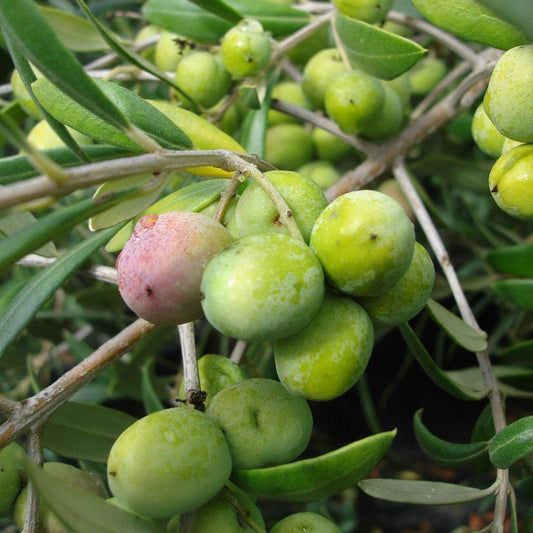

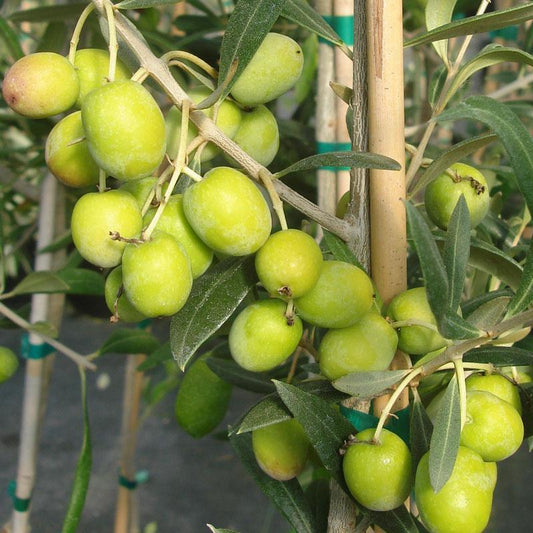

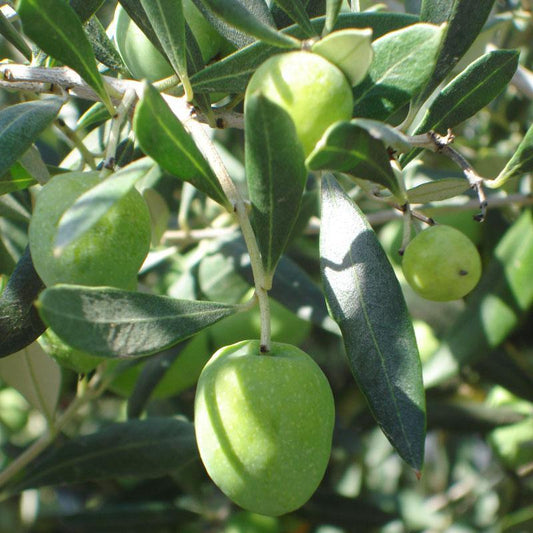
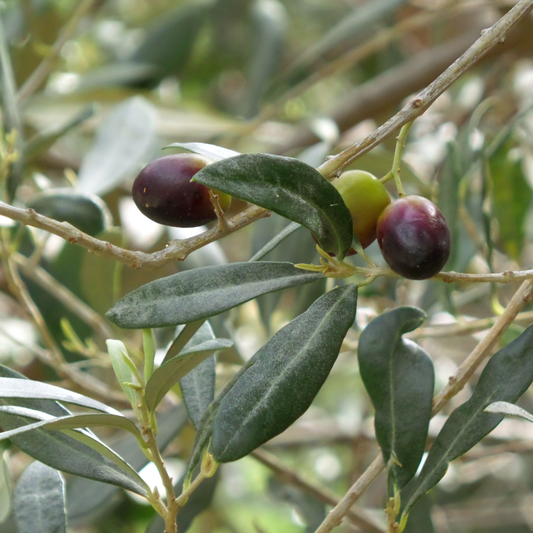
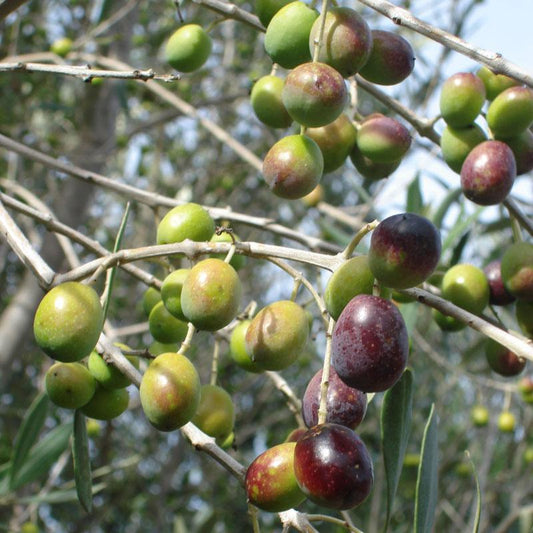

28 comments
Charles, you can either bring your trees inside or wrap them with a frost blanket. 15 degrees is really low and you may get damage to the tree at those temps.
Thanks for the response. When I wrap my fig, it first goes dormant (loses leaves) and it stays wrapped until spring when it leafs out again. Will the olive react the same way or would I have to cover and uncover it over the entire winter depending on temps? It dips to single digits here for brief periods at night for a few days at a stretch every winter. Otherwise hovers in the 25-35 range for lows most of the winter.
Eric, you may be ok with planting on a south facing location, but be careful how close you plant it to the wall, olives can get pretty good size. You may be able to get away with just wrapping the tree with a frost blanket on the coldest nights. It just depends on how cold the nights get. The most critical time would be the first year you put it out, so wrapping it is a great idea.
Eric, well it kind of depends on what variety of olive you have. As stated in the article above, most olives will be damaged by temps lower than 17F and will most likely die below 10F. I think you would be ok to wrap it and keep it wrapped.
I’m in central New Jersey, zone 7A. Will it be possible to grow an Arbequina olive tree in-ground in this zone?